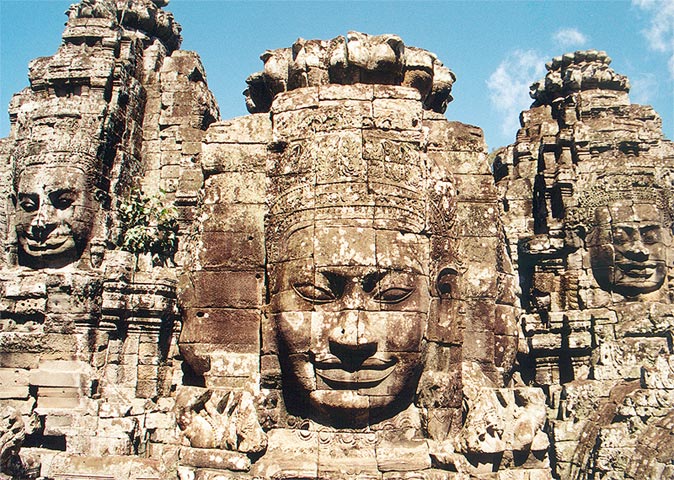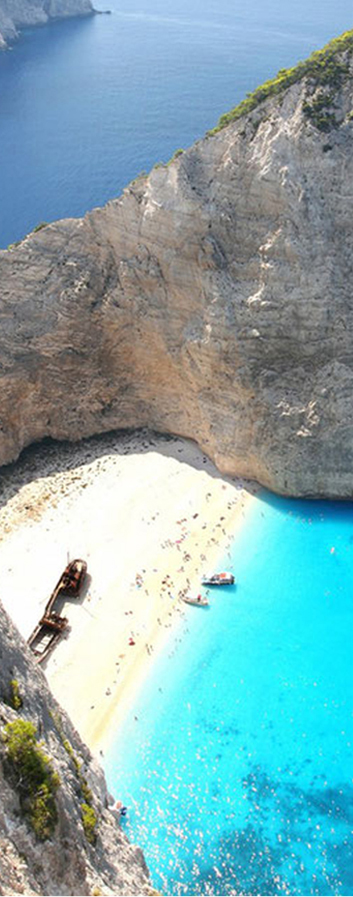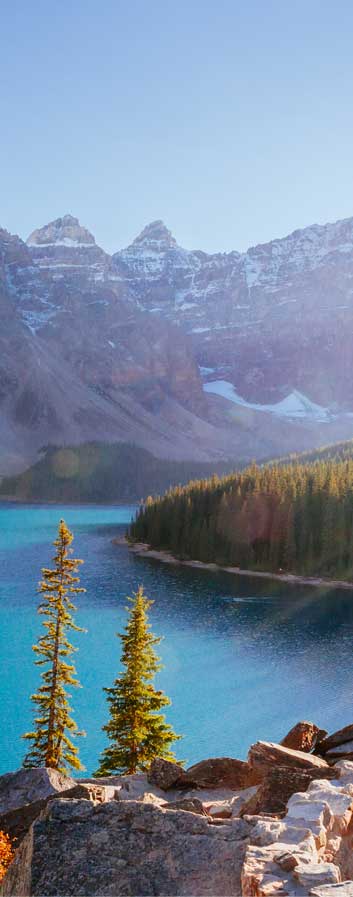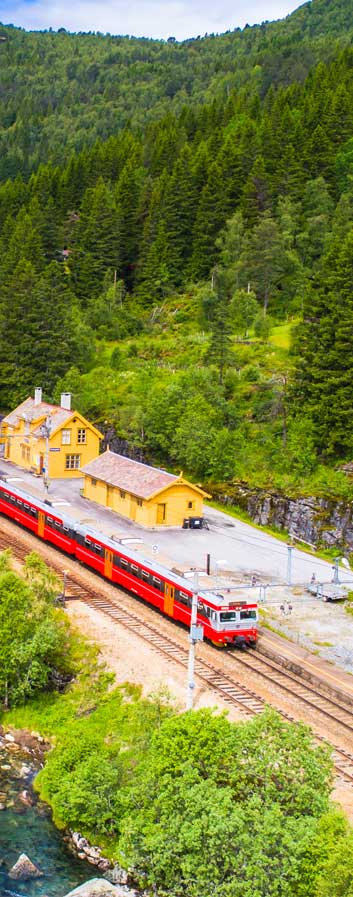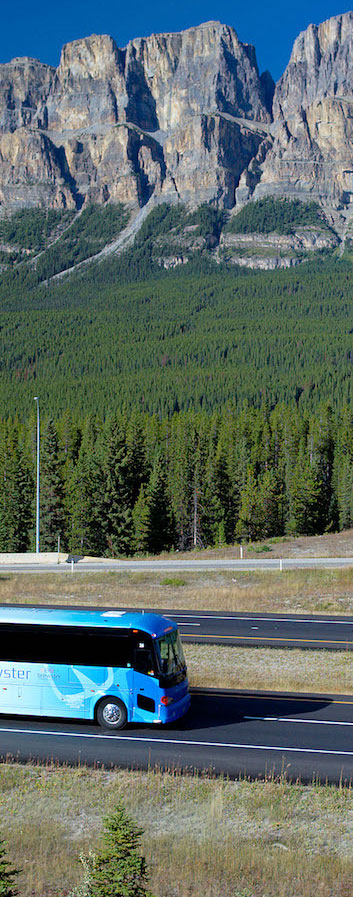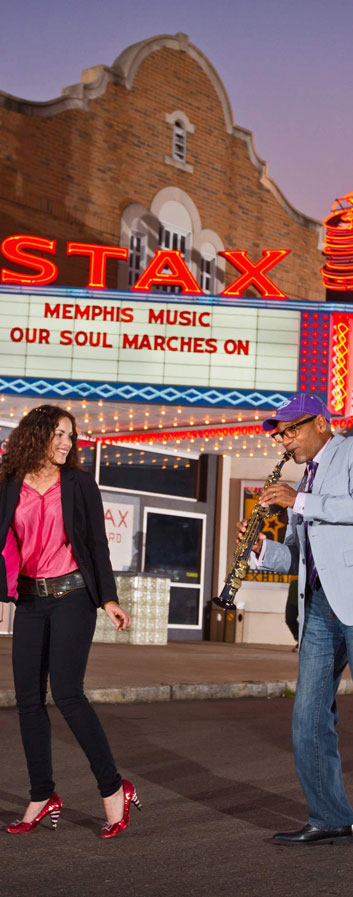Bayon & Ta Prohm Temples
Aside from Angkor Wat, Ta Prohm and Bayon may be the best known and most photographed of the “other” temples. Ta Prohm is popular because of its lost temple in the jungle atmosphere, overgrown with trees and vines, and Bayon is famous for its huge enigmatic, carved stone faces.
The Bayon Temple is the dominant feature inside the walled city of Angkor Thom, and Ta Prohm is not far outside the Victory Gate of Angkor Thom. Both are Buddhist temples, and were constructed by King Jayavarman VII; Bayon in the late 12th century, and Ta Prohm from the mid 12th century to the early 13th century. These two magnificent examples of Angkor temple architecture should not be missed. See below for details of these two ancient structures.
The two must see ancient Angkorian temples are Angkor Wat and Bayon. The huge enigmatic stone faces of Bayon have become some of the most iconic and recognizable features associated with the ancient Khmer Kingdom and its architecture.
The Bayon Temple is at the centre of the great walled city of Angkor Thom, which is at the heart of the Angkor Archeological Park.
Bayon has some 50 towers, with four huge carved faces on most of them. Each of the four faces are four metres high and oriented toward the four points of the compass. The faces all have the same strange smile and closed eyes, creating a mysterious and serene countenance, representing an all-knowing state of inner peace, and perhaps a state of Nirvana.
There is debate as to who the faces actually represent, and some theories put forward say that they are the face of a Bodhisattva (Buddhism's compassionate and enlightened being), or a combination of Buddha and Jayavarman VII. Bayon was constructed as Jayavarman VII's state-temple, and it represents the height of his massive building program.
Bayon is rich in decoration, and the bas-reliefs on the exterior walls of the lower level and on the upper level are outstanding. The bas-reliefs on the southern wall are of scenes from a sea battle between the Khmer and the Cham. However, it is not known if they represent the Cham invasion of 1177AD, or a later victorious battle for the Khmer. There are also interesting and extensive carvings of scenes from everyday life, including market scenes, religious rituals, cockfighting, chess games and childbirth. Of note are the unfinished carvings on some walls, which were probably not finished due to the death of Jayavarman VII.
Subsequently, Bayon underwent several additions and modifications under later kings, and some of the bas-reliefs on the inner walls were carved at a later date under the Hindu king Jayavarman VIII. The terrace to the east of the temple, the libraries, the square corners of the inner gallery, and parts of the upper terrace appear to be additions that were not part of the original structure.
Since the Bayon Temple was constructed in stages over a span of many years, it appears to be somewhat of an architectural jumble. When seen from a distance, at first it can seem like a rather formless jumble of stone, but on the inside, there is a maze of galleries, towers and passageways on the three different levels. The best time for photographs is when the sun is rather low near sunrise and sunset.
